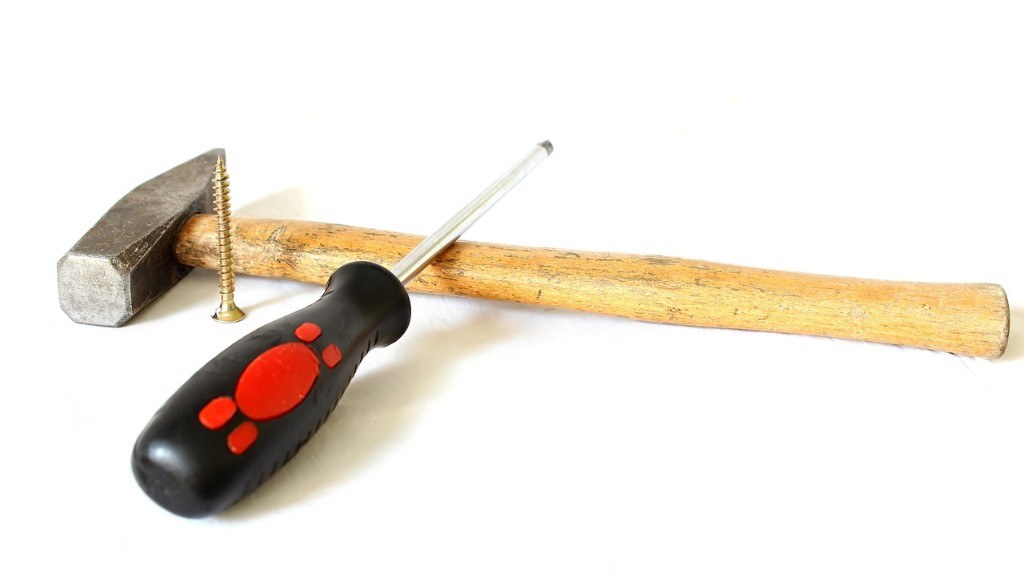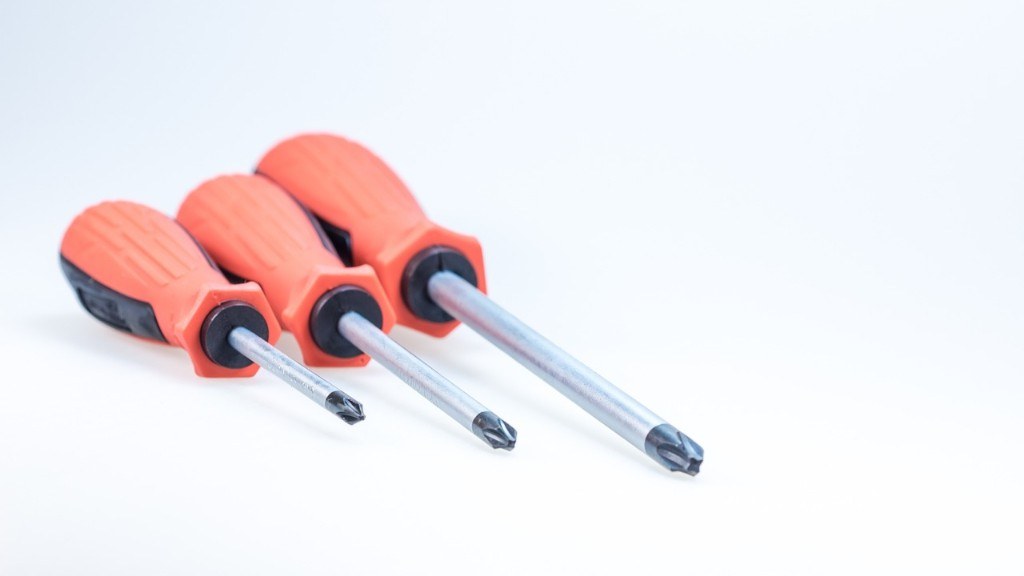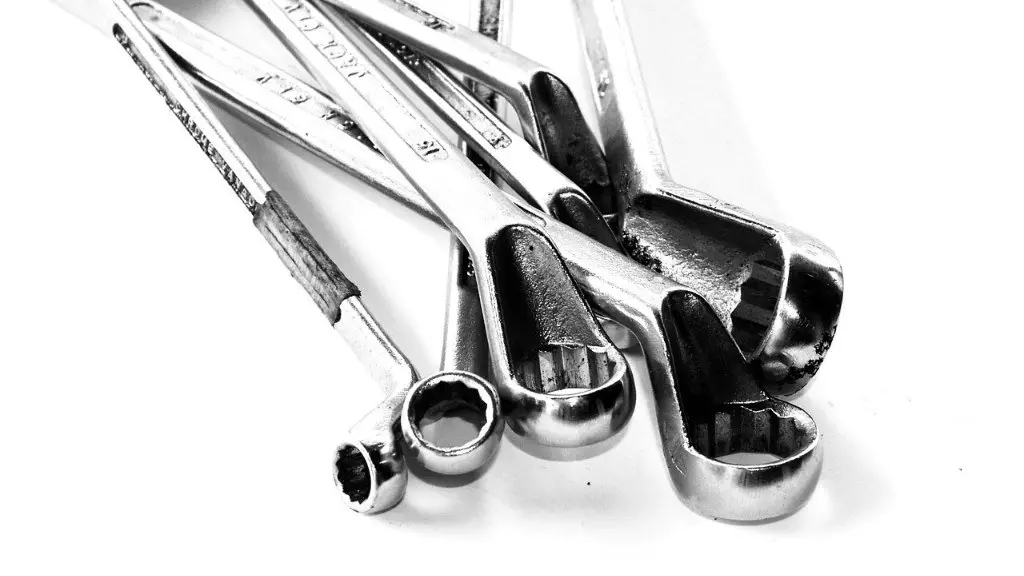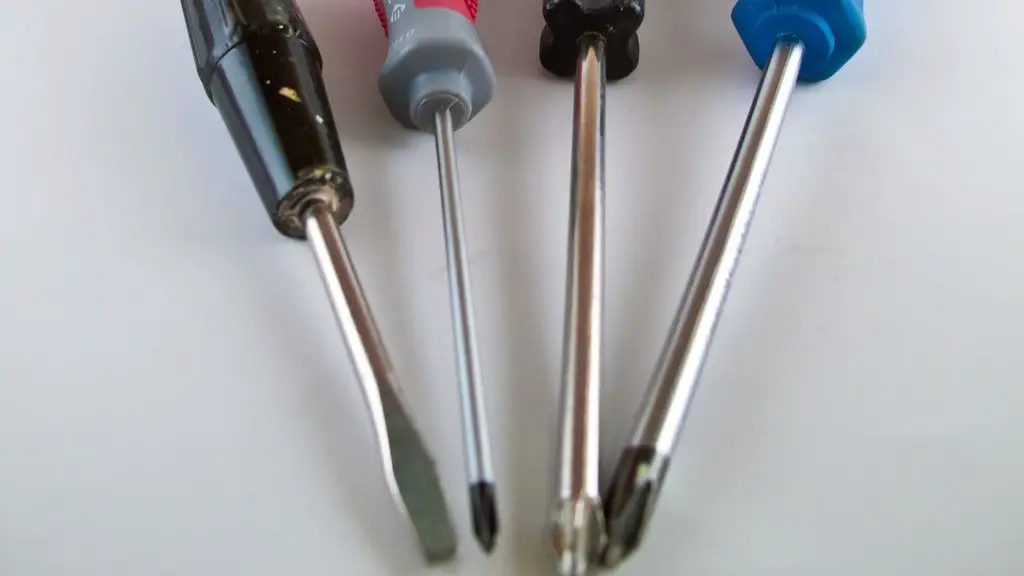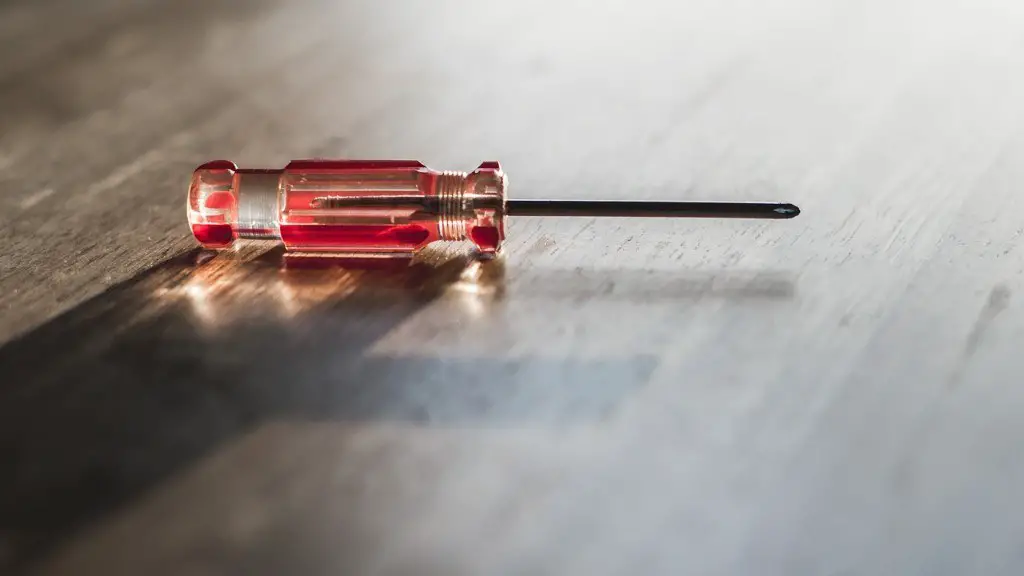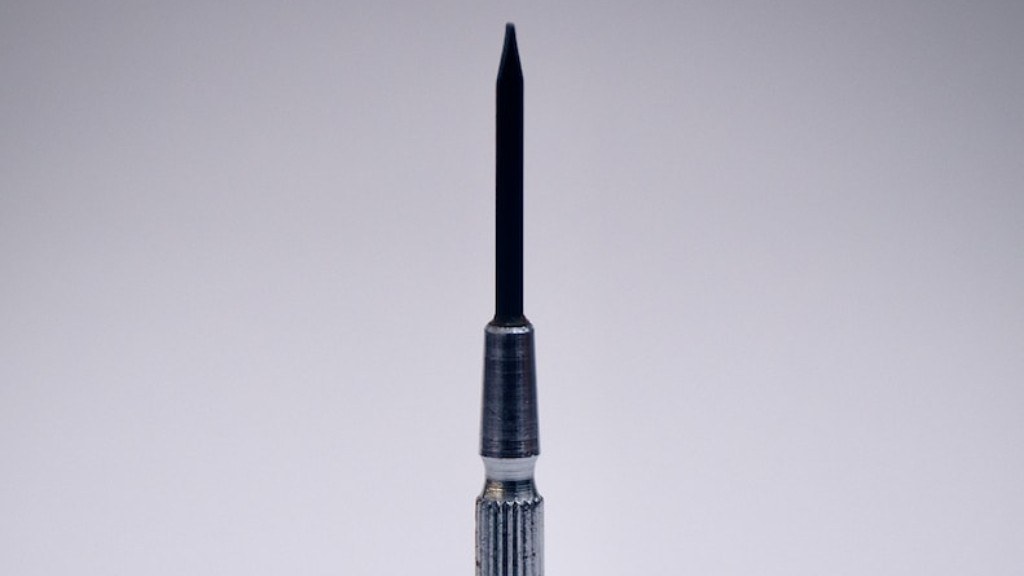In order to magnetize a screwdriver, you will need a strong magnet. Rub the magnet along the shaft of the screwdriver in one direction. Then, test the screwdriver to see if it is magnetized by holding it close to a small screw. If the screw is attracted to the screwdriver, then it is magnetized.
To magnetize a screwdriver, you will need a strong magnet. You can use a permanent magnet or an electromagnet. If using a permanent magnet, you will need to touch the north pole of the magnet to the screwdriver’s tip for about 30 seconds. If using an electromagnet, you will need to pass an electric current through the electromagnet for about 30 seconds. Either way, the screwdriver’s tip will be magnetized and will be able to pick up small metal objects.
Can any screwdriver be magnetized?
If you have a screwdriver that has lost its magnetism, there are a few ways to remagnetize it. One way is to rub the screwdriver against a piece of magnetized material, such as a bar magnet. Another way is to hold the screwdriver close to a strong magnet and then strike it with a hammer. This will create a magnetic field in the screwdriver and make it magnetized. If you want to magnetize a screwdriver that was never magnetized in the first place, you can use one of these methods or you can simply place the screwdriver in a strong magnetic field.
When exposed to a magnetic field, the electrons in an object tend to align themselves parallel to the magnetic field’s lines surrounding them. Consequently, the object becomes magnetic – at least temporarily.
How do you magnetize and demagnetize a screwdriver
First, find two magnets that are attracted to each other. You can test this by holding one magnet near the other and seeing if they snap together. If they don’t, try flipping one of the magnets over.
Next, take the two magnets and rub them against each other in the same direction for about 30 seconds. This will align their north and south poles so that they are both pointing in the same direction.
Now take your screwdriver and hold one of the magnets against the tip of the screwdriver. Rub the magnet up and down the length of the screwdriver for about 30 seconds. This will magnetize the screwdriver.
To demagnetize the screwdriver, simply hold it near one of the magnets and wait for a few seconds. The magnetism will slowly dissipate and the screwdriver will be demagnetized.
A strong bar magnet is ideal for magnetizing a screwdriver. The stronger the magnet, the easier it will be to magnetize the screwdriver. Ideally, find a neodymium magnet or other rare-earth magnet with a pull force of at least ¼ pound. These are available at hardware stores or online.
What is the fastest way to magnetize a screwdriver?
This is a great tip for anyone who wants to save money on buying new screwdrivers! Simply magnetize your existing screwdriver using a rare earth magnet or any other large magnet. This will allow you to use it for magnetic tipped screws.
This is how you can make a permanent magnet from an iron bar. First, take two magnets and put one north pole and one south pole on the middle of the iron. Then, draw them towards its ends, repeating the process several times. Finally, take a steel bar and strike the end several times with a hammer. This will create a permanent magnet.
How do you magnetize a Craftsman screwdriver?
This is a problem that can be solved by using a different type of screwdriver. There are many different types of screwdrivers available that can hold on to a screw more securely. There are also some screws that have a special head that makes them easier to grip. Another option is to use a pair of pliers to grip the screw while you turn it.
There’s no doubt that magnets have an invisible force field around them. This is the basis for how a magnet can be used to interact with other objects. The force field is created by the spin of the electrons in the atoms of the magnet. When the electrons spin in the same direction, they create a magnetic field.
Can you magnetize metal by hitting it
If you want to increase the magnetism of a piece of metal, you can strike it repeatedly with another piece of metal. This allows the atoms in the metal to become aligned with the Earth’s magnetic field.
When a magnet is heated to a very high temperature, its magnetic properties can be Destroyed. This is called demagnetization.
Dropping a magnet frequently can also damage its magnetic properties.
If a magnet is hammered repeatedly, this can also lead to demagnetization.
Bringing a magnet in contact with the like poles of other magnets can also damage its magnetic properties. This is because the magnetic fields of the magnets will repel each other, and over time this can weaken the magnetic fields of the magnets.
Finally, passing an electric current through a magnet can also demagnetize it.
Is there a way to magnetize something?
If your tool is not already magnetized, some of them have a magnet in the front. Basically, what you need to do is hold the tool close to the magnet and then move the tool back and forth over the magnet. This will align the magnetic particles in the tool with the magnetic field of the magnet.
When magnetizing a piece of metal, it is important to place the magnet at one end of the metal and to make as much contact with the metal as possible. Place light pressure on the magnet and rub the metal in one direction only. Magnetization will take some time to accomplish so continue rubbing until the iron or steel attracts other pieces of metal.
What liquid can be magnetized
Ferrofluid is a liquid that is attracted to the poles of a magnet. It is a colloidal liquid made of nanoscale ferromagnetic or ferrimagnetic particles suspended in a carrier fluid (usually an organic solvent or water). When in the presence of a magnetic field, the ferrofluid will form spikes or be drawn to the poles of the magnet. The ferrofluid can also be used as a lubricant, and has applications in medical imaging and drug delivery.
If you have a weak magnet, you can try rubbing it with a stronger magnet to see if you can realign the magnetic domains and make it stronger. For best results, use linear strokes in one direction for about 15 minutes.
What materials are likely to magnetize?
Materials that can be magnetized, which are also the ones that are strongly attracted to a magnet, are called ferromagnetic (or ferrimagnetic). These include the elements iron, nickel and cobalt and their alloys, some alloys of rare-earth metals, and some naturally occurring minerals such as lodestone.
If you have a screwdriver that you need to keep magnetized, make sure to keep it in a safe place where it won’t get dropped or damaged. Dropping it could weaken the magnetism, making it less effective.
What is the best metal to magnetize
Permanent magnets are made from a variety of metals, but the most common are iron, nickel, cobalt, and alloys of rare earth metals. These metals are used because they have a strong magnetic field, which is necessary for a permanent magnet.
In magnets, the electrons align in the same direction, giving the magnets their magnetic energy. Magnetic metals also have electrons, but they are arranged in different directions. When the magnet rubs against the metal object, it causes the electrons to align and magnetizes the object.
Conclusion
There are a few ways to magnetize a screwdriver. One way is to stroke the screwdriver along a magnet in one direction only. The number of strokes will determine how strong the magnetism is. Another way is to stroke the screwdriver along a piece of magnetic material in one direction only. The number of strokes will determine how strong the magnetism is.
The process of magnetizing a screwdriver is simple and only requires a few materials. First, you will need a screwdriver and a strong magnet. If you do not have a strong magnet, you can find one at a hardware store. Next, you will need to place the tip of the screwdriver on the magnet and move it in a circular motion for about 30 seconds. After this, you should test the screwdriver to see if it is magnetized by trying to pick up a small metal object. If it is working, then you have successfully magnetized your screwdriver!
